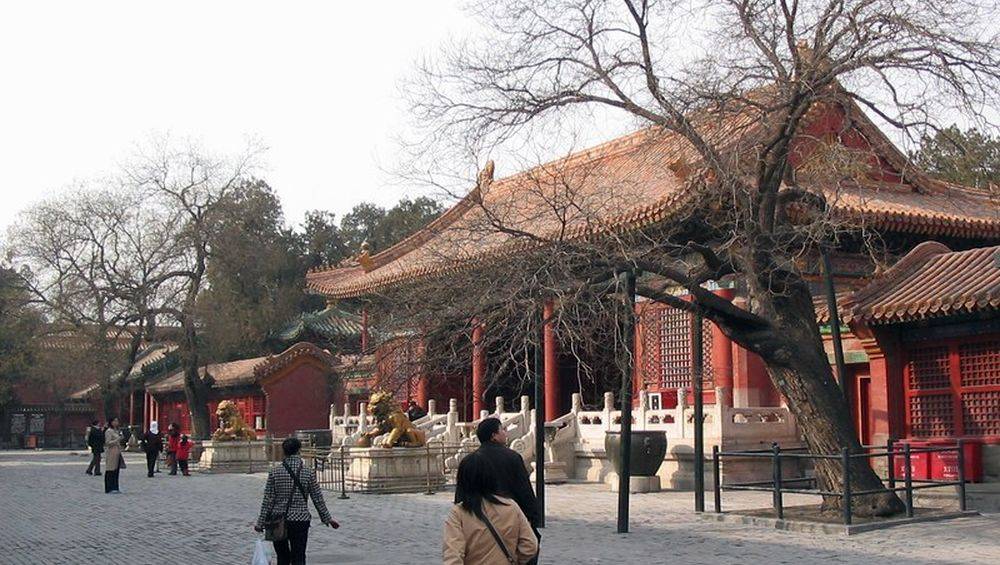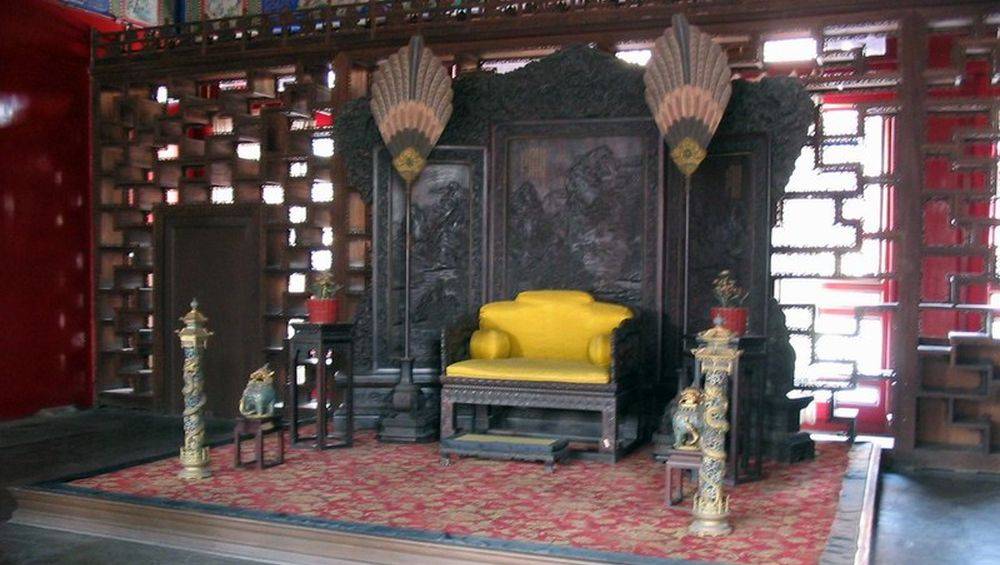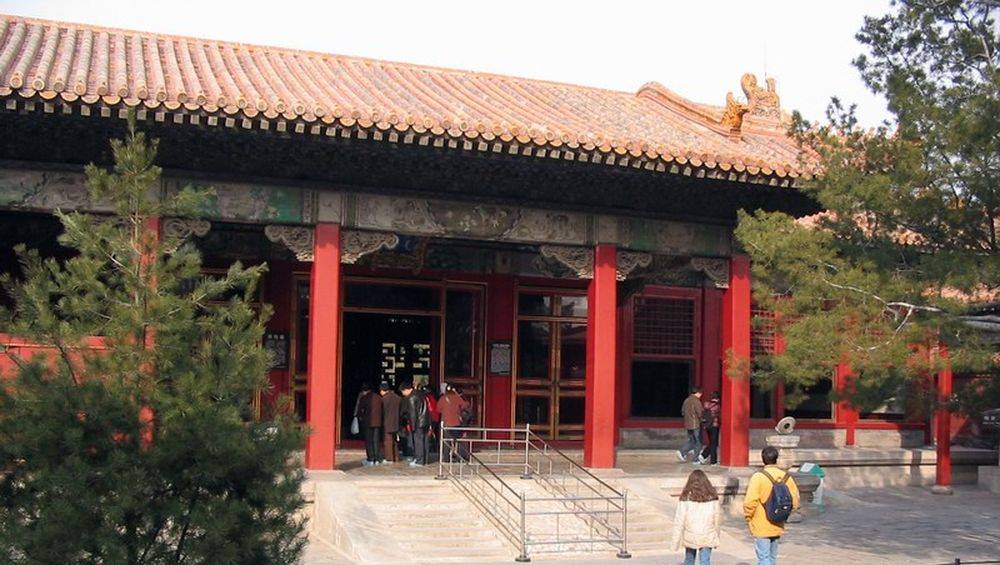Hall of spiritual cultivation (Yangxing dian)
Built in 1772, the 37th year of Emperor Qianlong's reign (1736-1795), the Pavilion of Spiritual Culture is an imitation of the smallest Hall Pavilion of Realized Spirits (Yangxindian) with a special layout. With three arches wide and four deep, the room is a structure with a single yellow roof. It was originally decorated with Hexi-style paintings and decorations. After its restoration, during the 17th year of Emperor Guangxu's reign (1875-1908), the decorations and paintings were all changed in the Su style except those of the Inky Cloud House (Moyunshi).
The Temple of Spiritual Culture was the father's room of the emperors. When Empress Dowager Cixi lived in the Joyous Longevity Hall during Guangxu's reign, she would have breakfast and dinner in this room. The Spiritual Culture Pavilion is now a master bedroom with utensils, tea sets, bribes and gold, silver or jade cups, etc. There is also a set of 16 gold bells that is essential for great occasions. It seems all different, it's because they have not all been made with the same alloys.
This pavilion has a imperial throne, relatively simple although the decoration of his screen is very successful.
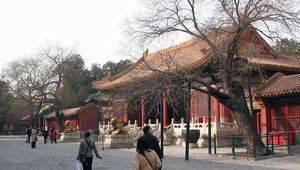
Hall of spiritual cultivation
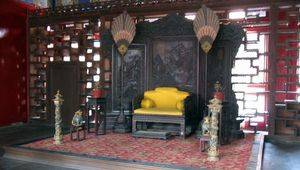
Trône
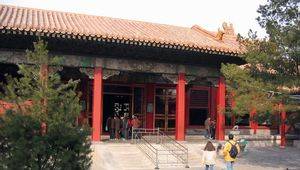
Hall of spiritual cultivation
See too:
Back to the list of the pavilions of the forbidden city






